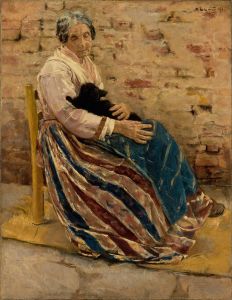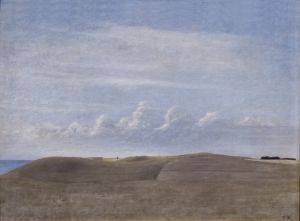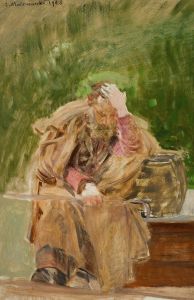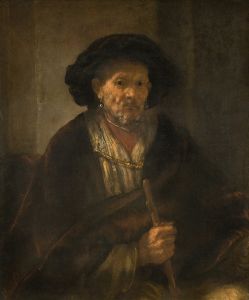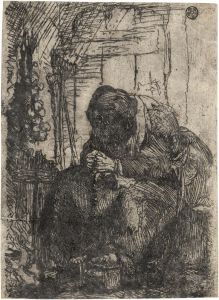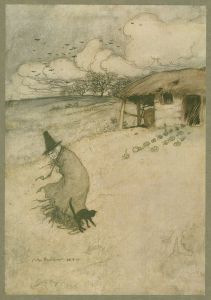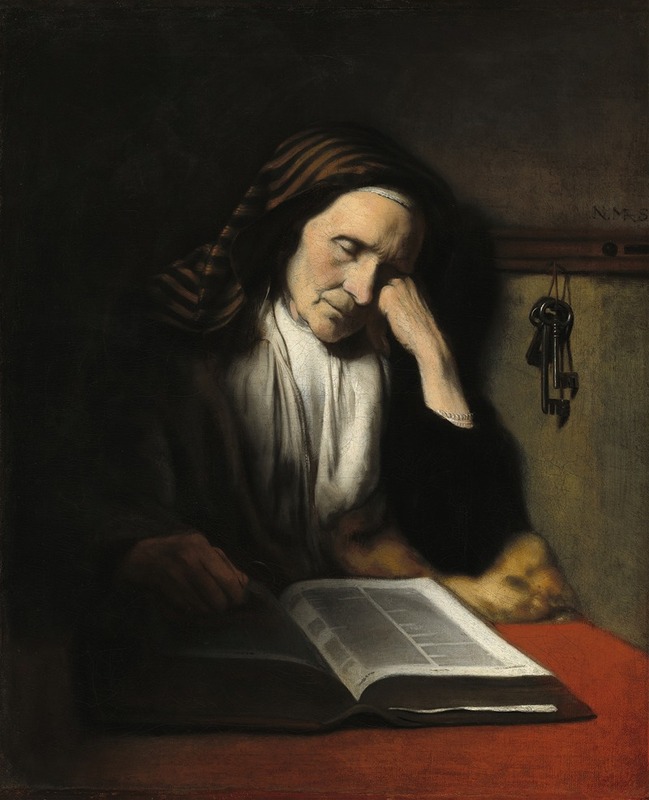
An Old Woman Dozing over a Book
A hand-painted replica of Nicolaes Maes’s masterpiece An Old Woman Dozing over a Book, meticulously crafted by professional artists to capture the true essence of the original. Each piece is created with museum-quality canvas and rare mineral pigments, carefully painted by experienced artists with delicate brushstrokes and rich, layered colors to perfectly recreate the texture of the original artwork. Unlike machine-printed reproductions, this hand-painted version brings the painting to life, infused with the artist’s emotions and skill in every stroke. Whether for personal collection or home decoration, it instantly elevates the artistic atmosphere of any space.
"An Old Woman Dozing over a Book" is a painting by the Dutch Golden Age artist Nicolaes Maes, created around 1655. The artwork is an example of Maes's genre painting, a style that focuses on scenes of everyday life, often with a moral or symbolic undertone. Nicolaes Maes was a pupil of Rembrandt van Rijn, and his early works, including this painting, reflect the influence of his teacher in their use of light, shadow, and intimate domestic settings.
The painting depicts an elderly woman seated at a table, her head tilted slightly downward as she dozes off. In front of her lies an open book, which suggests she may have been reading before succumbing to sleep. The scene is rendered with a warm and subdued palette, and the soft play of light highlights the textures of the woman's clothing and the objects around her. The details of the woman's face and hands are carefully observed, emphasizing her age and the quiet moment of repose.
This work is often interpreted as a reflection on themes of transience and the passage of time, common motifs in Dutch art of the 17th century. The inclusion of the book may carry symbolic meaning, possibly alluding to religious devotion or the pursuit of knowledge, though the exact interpretation remains open to the viewer.
"An Old Woman Dozing over a Book" is housed in the National Gallery in London, where it is part of the museum's collection of Dutch paintings. The painting is appreciated for its intimate portrayal of a quiet domestic moment and its technical mastery, which demonstrates Maes's skill in capturing the subtleties of light and texture.
Nicolaes Maes later shifted his focus to portraiture, but his early genre scenes, such as this one, remain significant contributions to the Dutch Golden Age of painting.





